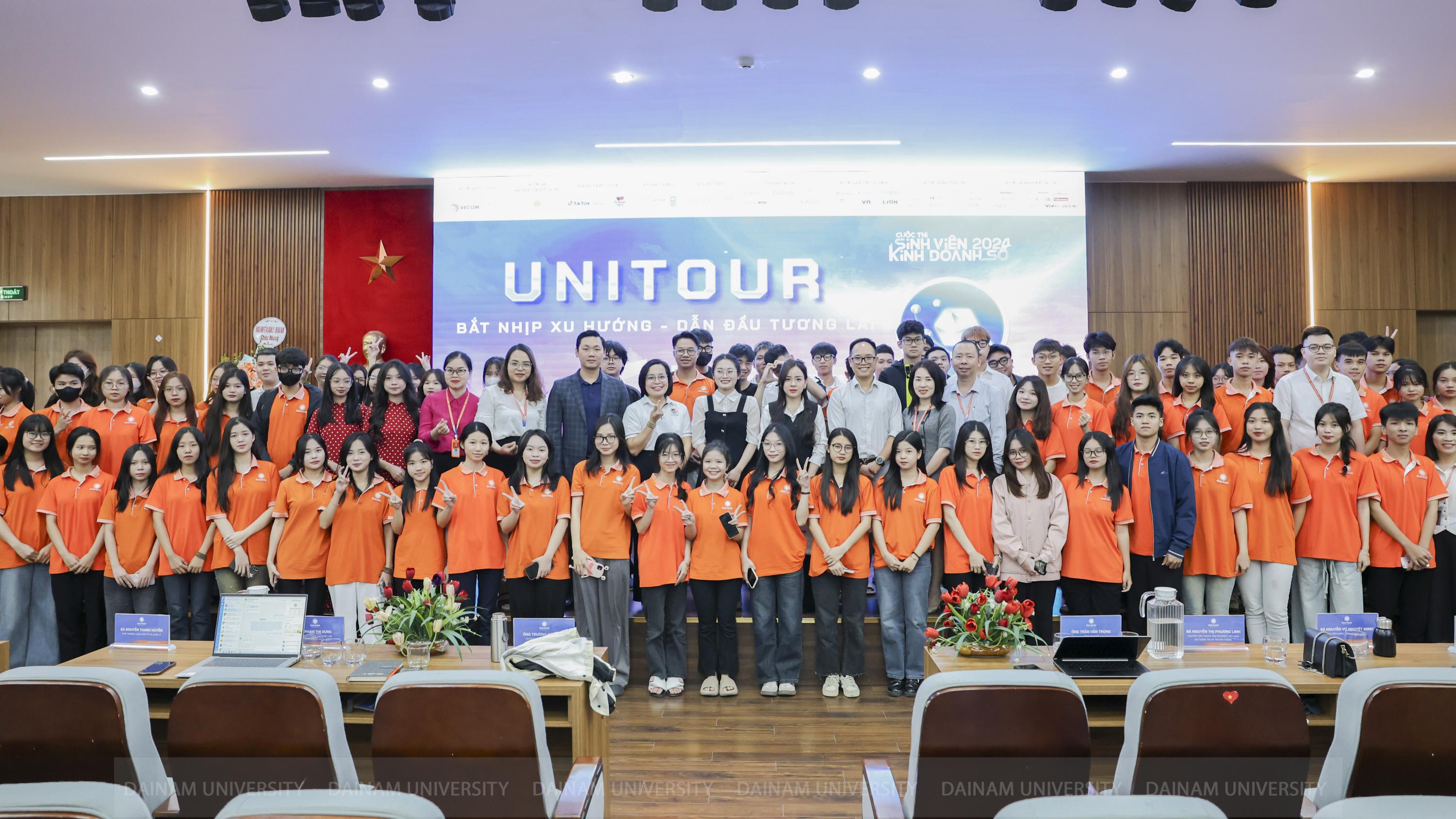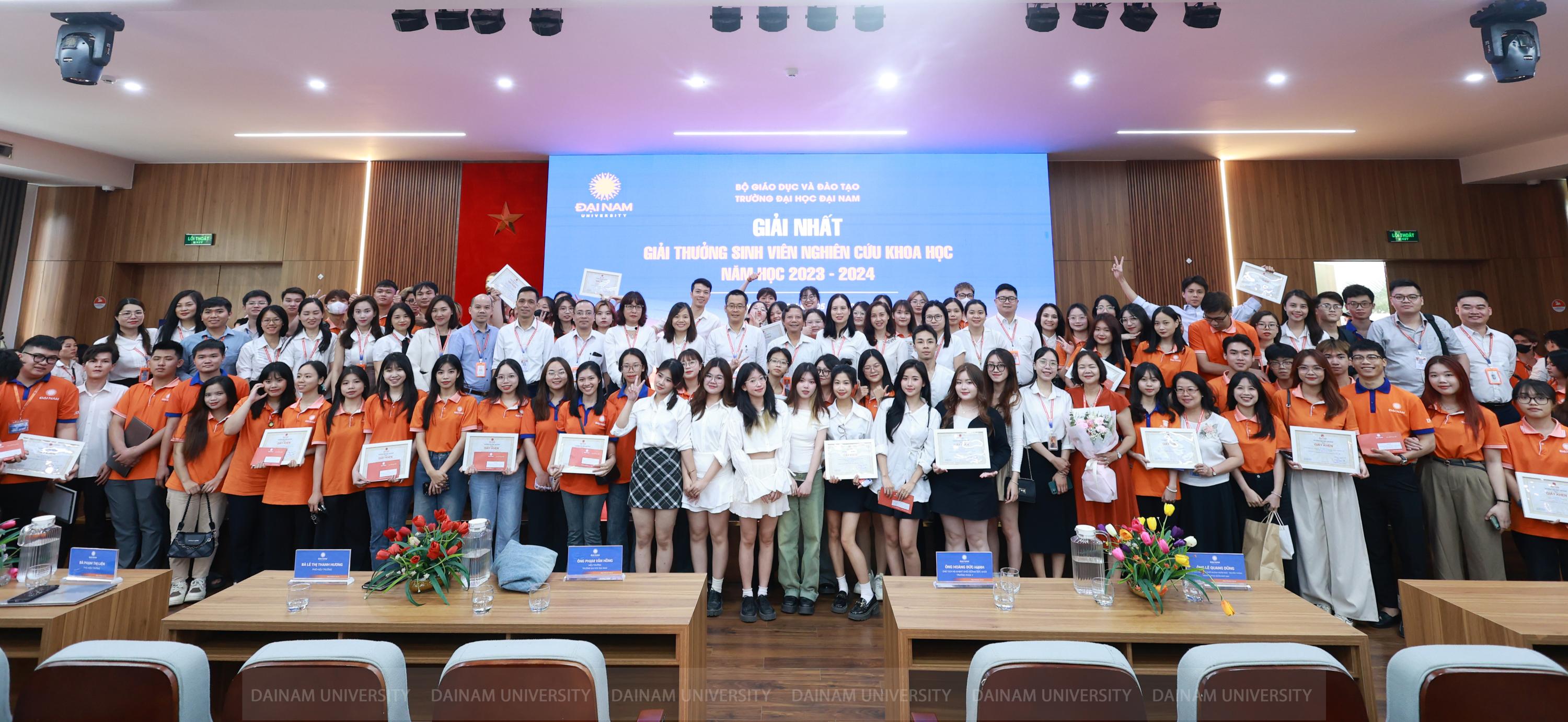Basic standards of a scientific paper

The basic structure of a scientific article includes the following parts: (1) Title of 10-18 words reflecting the research content, below the title is related information, (2) Summary of 100-125 words, showing the research problem, method, time, data, results, (3) Introduction about the reason, importance of the topic, (4) History of previous research, describing research results, what is missing, incorrect, supplemented, (5) Research methods and data, (6) Results and discussion section, the author presents and explains the research, criticizes or supplements previous studies, (7) Conclusion summarizing the research results.
Forming research ideas is an important premise for the research process. The common way to find ideas can come from practical observations, such as observing the operation of a legal regulation related to a certain social issue, observing the operation of many organizations to draw important conclusions about management principles. Or starting from scientific debates, comparing scientific theories with real life. When there are ideas, research questions will arise in the mind, the writer can start collecting data, shaping the method, arranging time, and finally conducting the research.
Choosing a topic and naming the research topic is the next important task. The more clearly the name indicates the approach, scope and research methods, the better. Experience shows that the topic should not be too broad because it is difficult to cover, nor too narrow because it is difficult to find data.
Note that scientific articles in any field highly value the critical element. These are analyses, comments, and objective, multi-dimensional, and even contradictory viewpoints; right/wrong is sometimes not as important as creative scientific arguments. Scientific articles presented in a descriptive style such as explaining situations and providing pure information are often rated very low because they do not express the author's thinking.
In the process of writing an article, the author needs to meet the following basic requirements:
First, it is necessary to consider carefully when naming and writing an abstract for the article. The article title and the abstract are the first two pieces of information that readers access. Therefore, these two elements, on the one hand, need to be attractive enough to attract the attention and interest of readers, but at the same time, they must also accurately reflect the content of the article. This can be considered as the initial "marketing information" for readers to decide whether to continue reading or not. Some journals have very detailed requirements for the abstract including length, structure, etc., so authors need to check the journal's requirements before writing the abstract.
Second, the article needs a good introduction to attract readers. Normally, the introduction of an article should clarify the following issues: research context, necessity, new contributions, purpose and research questions. The introduction can be considered as a “road map” to help readers have an overall picture of the article.
Third, the article needs to demonstrate an understanding of previous research through an overview of the research situation, related theories and discussions. The article needs to clearly identify the research method chosen: quantitative, qualitative or conceptual approach. The research method needs to ensure logic and appropriateness. It is also necessary to determine the theoretical and practical scope of the article.
Fourth, the research results, data, and tables need to be presented and explained clearly and concisely; the article needs to have a discussion section that provides analysis to clarify the objectives, answer the questions, and confirm the research hypothesis. In the conclusion of the article, it is necessary to summarize the research findings and discuss the significance and contributions to theory and practice.
The author should also pay attention to the structure of the article. A scientific article is like an essay at a profound level. In addition to the hard part of the introduction, body, and conclusion, the writer needs to ensure the abstract. Scientific articles also consider the reliability and ability to synthesize the research problem. Therefore, the author cannot be less serious in using citations and footnotes and references.
Citations and references are often overlooked in traditional scientific writing, as evidenced by the absence of significant citations in papers. It is normal and desirable for a paper to have many citations. They are the basis for eliminating the risk of plagiarism.
After finishing the scientific article, the author must remember to write a list of references. Please note that this section must be presented according to the standards set by the journal. Currently, in the world, there are many different schools of thought on standards for writing references such as the University of Chicago school, the University of Cambridge school, etc.
-Postgraduate Training Institute-
Register for admission consultation 2025
scholarships and tuition support worth up to 55 billion VND

scholarships and tuition support worth up to 55 billion VND









